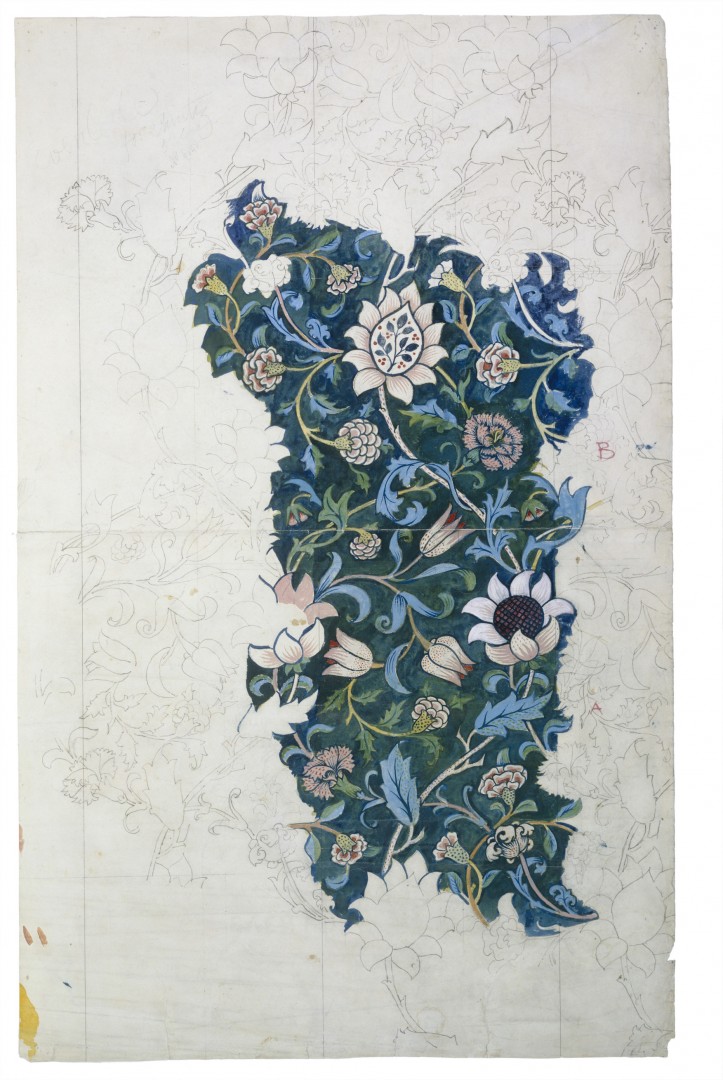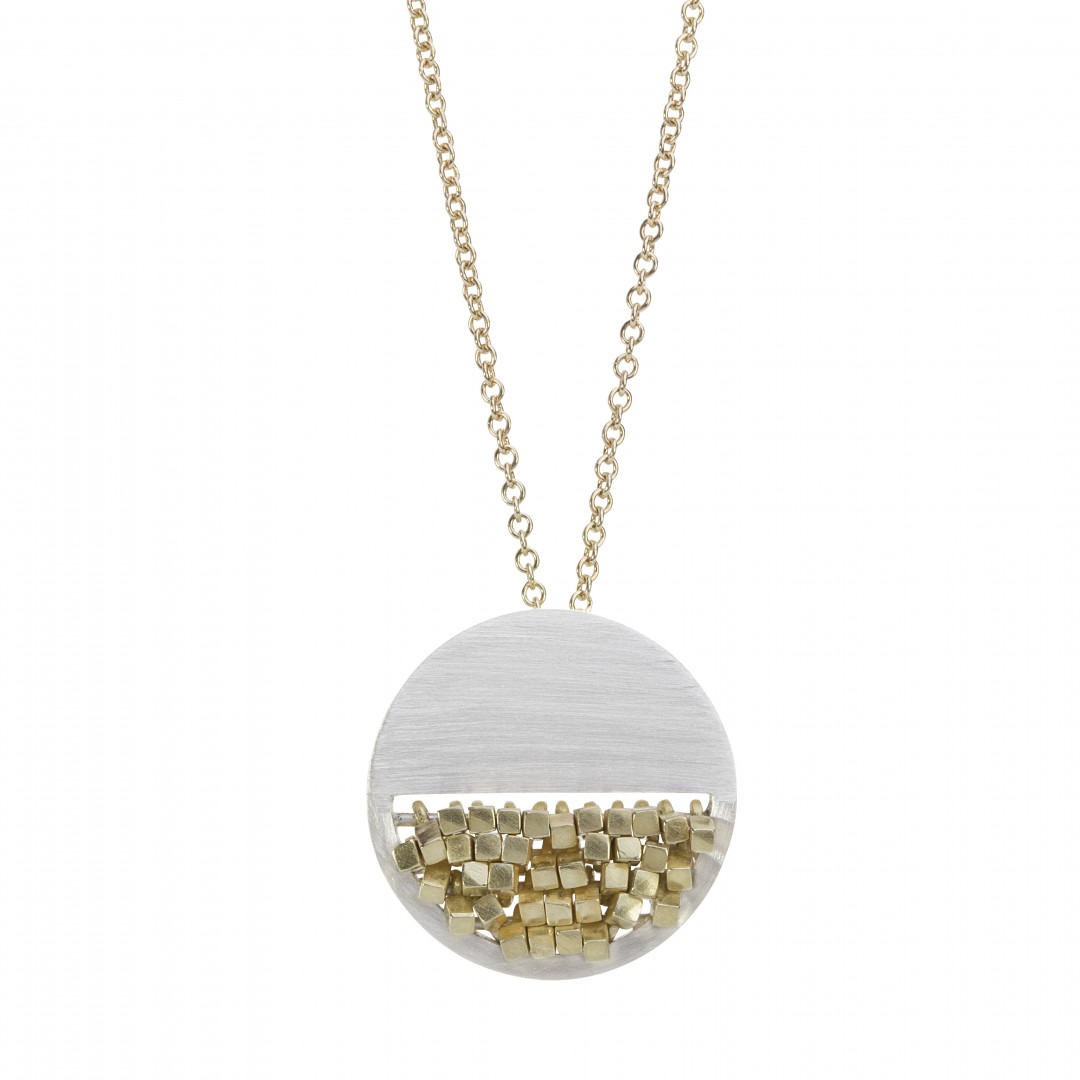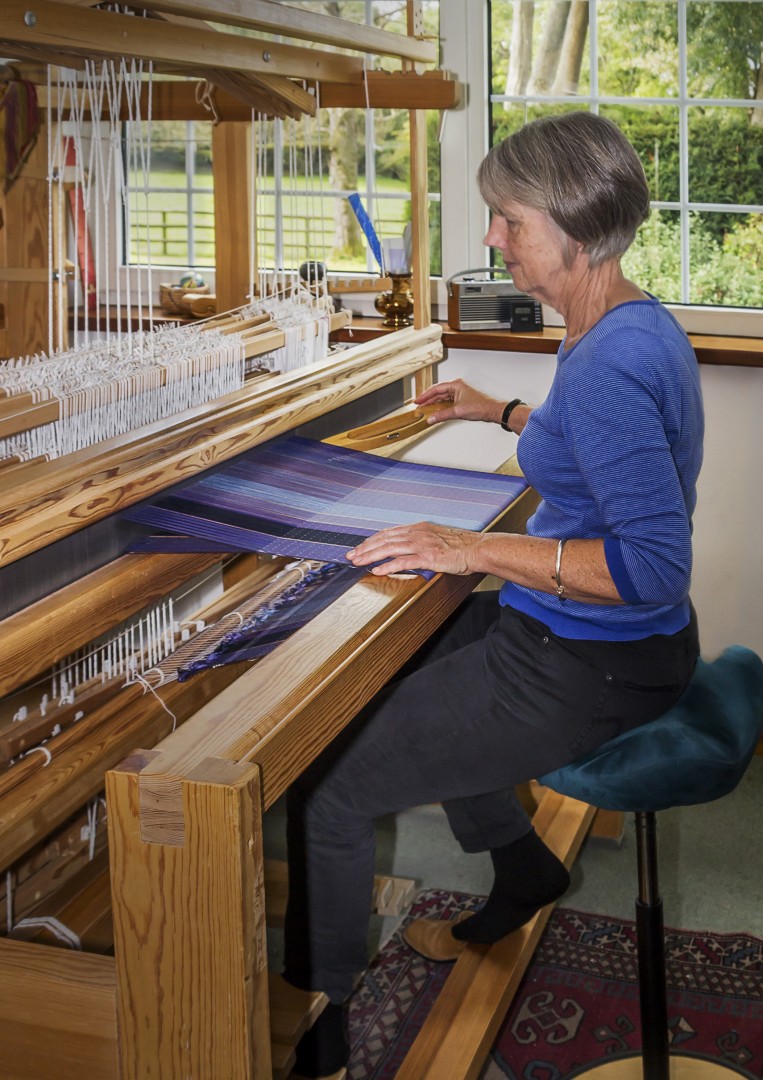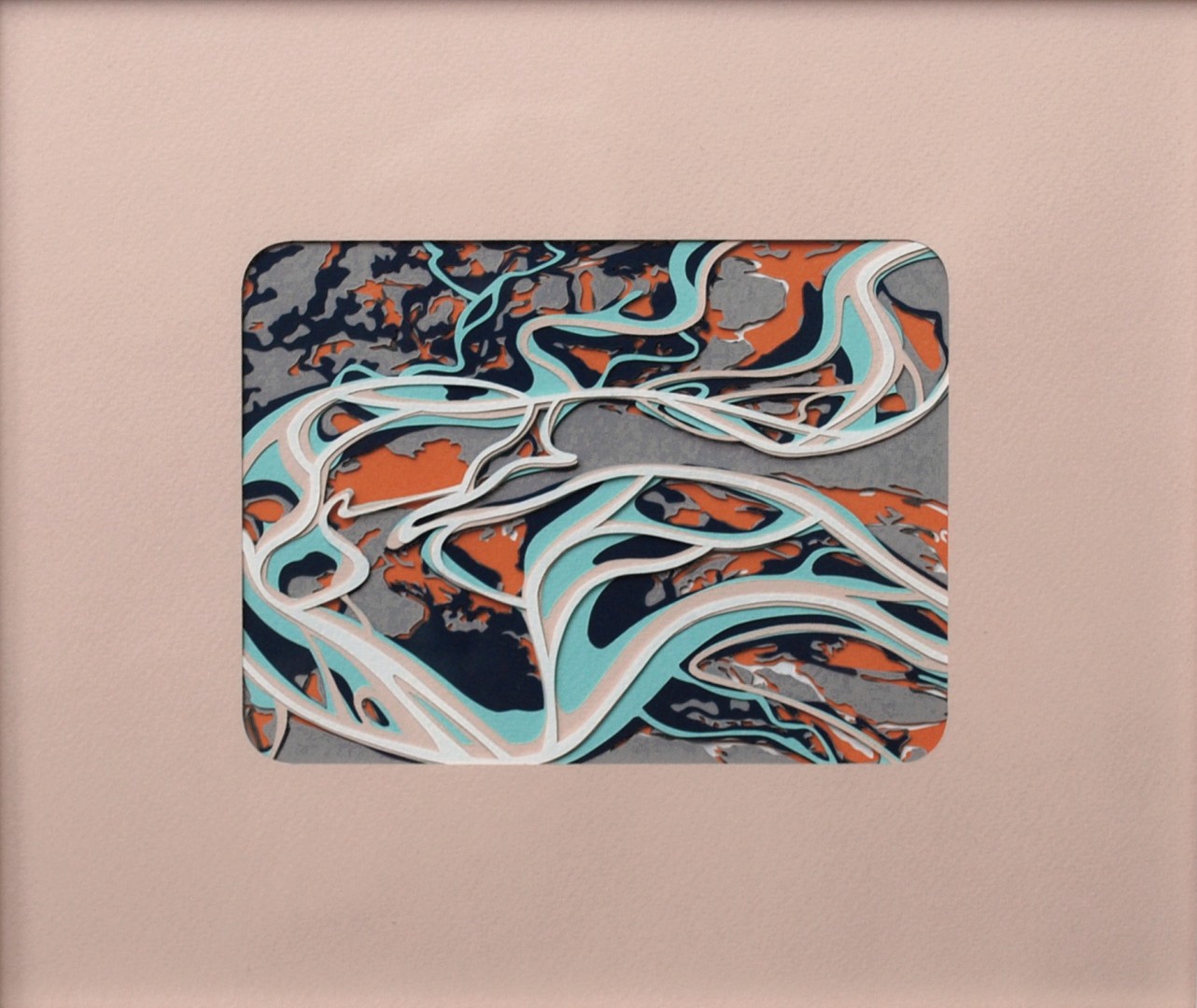“Here we were in the Thames that is the Thames, amidst the down-like country and all Cockneydom left far behind and it was jolly!”
William Morris (1834 –1896) was an influential British designer, writer and socialist activist who was concerned about the inequality between rich and poor Victorian society. As a counterweight to the changes brought about by industrialisation and mass production, he championed an ethos of handcraftsmanship and the beauty in the everyday, saying famously, ‘Have nothing in your house that you do not know to be useful, or believe to be beautiful.’
This month Oxfordshire hosts both an investigation of Oxfordshire waterways as seen and enjoyed by William Morris and a celebration of contemporary handmade crafts at Waterperry gardens, where the legacy of William Morris’ ethos runs deep.
With two homes on the riverbank, one in Oxfordshire’s Kelmscott, the other in Hammersmith (and a factory on a London tributary), it is no surprise that the Thames and its tributaries inspired William Morris’ designs, his literary and poetic outpourings, and the way he spent his leisure time. It even inspired embroidery for his bed, (which can be seen at Kelmscott Manor near Lechlade, the start of the navigable Thames; open to visitors Wednesdays and Saturdays).
Also alongside the graceful flow of the Thames Henley’s River and Rowing Museum is currently hosting an exhibition ‘An Earthly Paradise’ which tells the story of Morris’ love for the river (runs until 14 July). Here you can see, for example, a handwritten account of a seven-day journey Morris took from Hammersmith to Kelmscott on a houseboat, The Ark, from which he towed the rowing boat Alfred. He describes the swans in Henley and – believe it or not – seeing the Northern Lights whilst in Marlow!
In the 1880s Morris produced a series of designs each named for a tributary of the Thames – Kennet, Loden, Wandle, Windrush and Medway – some of which are little known. For this series Morris used a primary colour palette not much seen in the Victorian period, with strong repeating elements – in particular the dye Indigo blue, which required a return to traditional techniques to use it successfully. Interestingly, he dyed his fabric fully blue and then used bleach on printing plates to clear the dark colour from the fabric and give white flowers. The design Wey, in particular, is strikingly blue.

© Victoria and Albert Museum London
The first of these Thames tributary designs he named the Evenlode and a large hand-drawn framed exhibit shows Morris as a draughtsman. These designs were drawn to show a wood carver what to cut into big blocks that would be pressed against the fabric to transfer the design across. The exhibition includes a pair of these old printing plates.
Although Morris’ flowers are deliberately stylised, there’s a vitality teamed with tranquillity, and a standing alongside his patterns you can almost imagine being on the Thames path or boating between the banks, amidst luscious vegetation. The fusion of blues gives the feeling of the river, and sweeping curves of their stems in his designs give them a river-like flow, as if reflecting the bends of the river from the air. Their bold nature emphasise the importance of the river to Morris’ life whilst the repeating patterns are like multiple reflections on the surface of the water.
With a life-long passion for angling, Morris was known to enjoy being on the river at a time when leisure boating was becoming popular. You can some glossy cased examples of the fish he’d have expected to catch alongside his fishing wallet and weights, his pipe and tiny glasses.
The Thames continues to inspire the art created in Oxfordshire, and artist and illustrated map-maker Jane Tomlinson’s latest work is a colourful depiction of British Rivers populated by 20 of the British Isles’ fish species from Stickleback and Salmon as well as boats and birds. Passionate about animals and the environment herself, the map was inspired by her son’s continuing obsession with the watery pastime. “He pulled his first roach out of the river Thames as a 3-year-old,” smiles Jane, “and much like the roach, he was hooked! His fascination for fish and angling led to a deep love of natural sciences and – like the rivers – to the sea. He now works in the field of marine biological resources!”
Over at Waterperry Gardens, from 27-30 June, edged by the River Thame (NB this is Thame not Thames), is Handmade Oxford, the International Contemporary Arts Festival, where visitors can enjoy craft, design, fine art, sculpture, slow living and artisan food. Of the 250 artisans demonstrating and showcasing their talent in many media, you’ll find a number inspired – like Morris – by waterway both local and further afield.

Jeweller Sarah Pulvertaft, for example, makes silver and gold jewellery using traditional techniques. In each piece, multiple small elements move individually to create intriguing undulating surfaces like the ripples on the surface of a stream.

Elsewhere in the show, Mary Lowry of the Oxfordshire Craft Guild designs and weaves scarves and shawls in silk, linen, wool and occasionally a stainless steel yarn which together give a lustrous and iridescent finish that shifts in the light like the surface of water. Using the Japanese technique called woven shibori, which produces permanent pleats in the cloth adding depth and dynamism, she creates movement of colour from one side of the cloth to the other, often using deep blues.

Kate Hipkiss
Look out too for artist Kate Hipkiss who works with paper, cutting intricate patterns and shapes to exploit the qualities of the material and create delicate, complex layers full of movement and depth. She is inspired by landscape and the shaping of our landscape over time by flowing water. A recent series of her delicate pieces was inspired by the glacial rivers of Iceland, as she describes, “The various minerals and differing water purities flowing over volcanic rock create amazing colours.”
And amazing colours, so says William Morris, are something everyone should enjoy.









